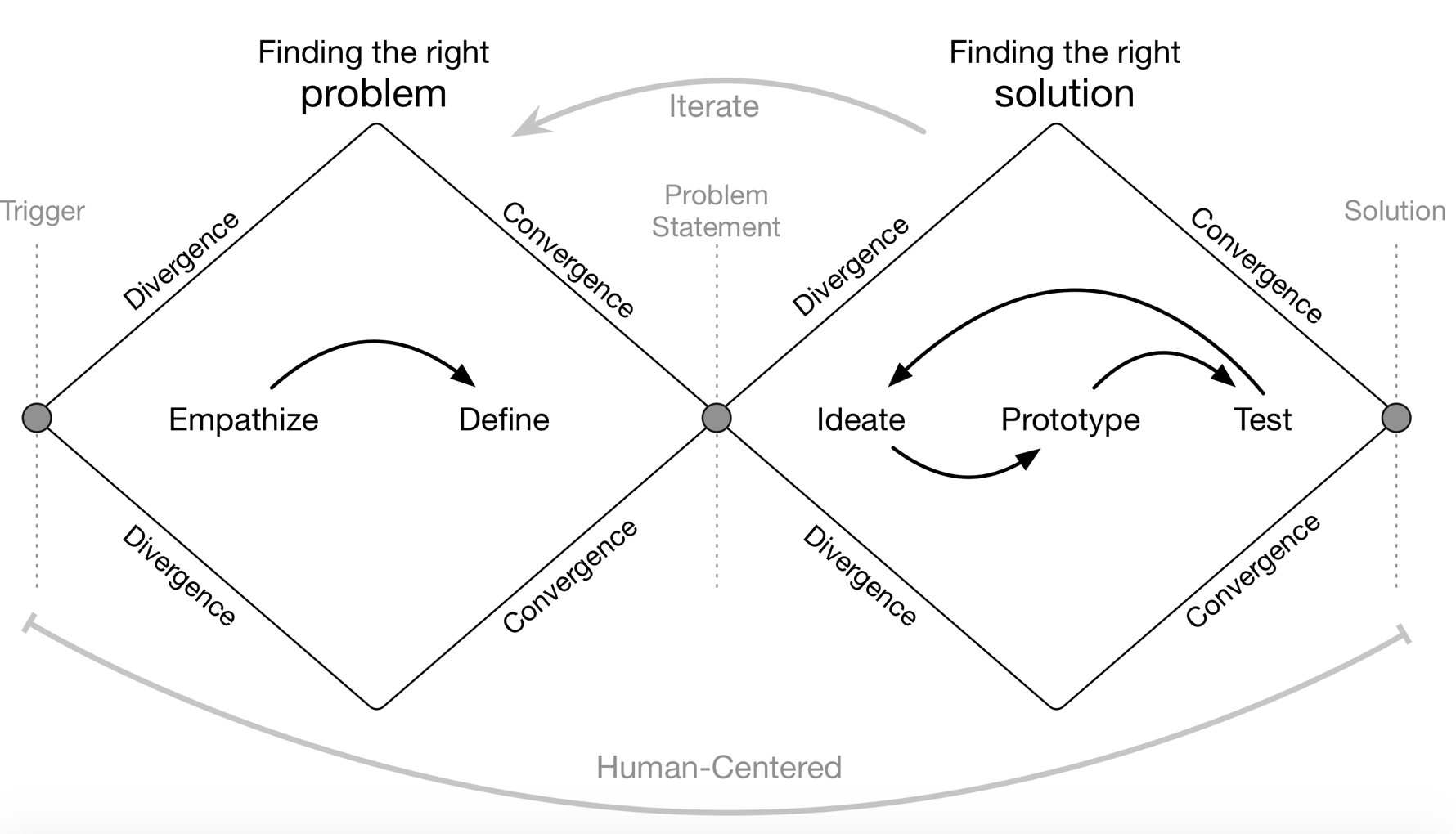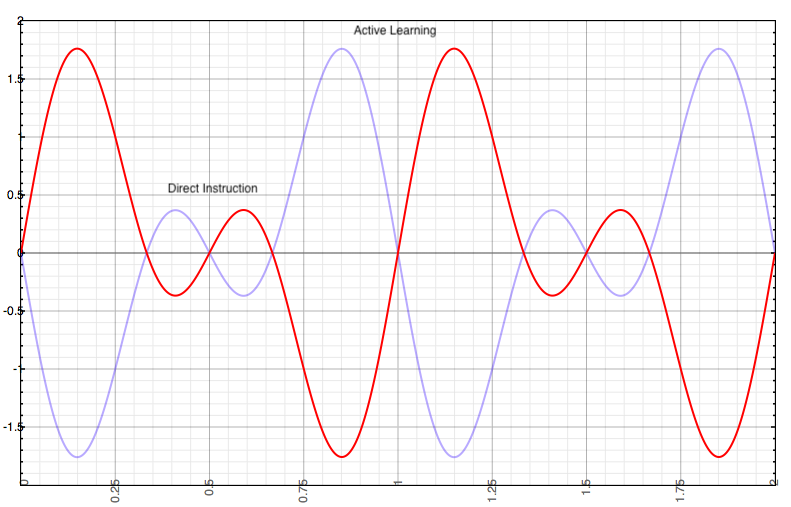We have noticed that there is a long-standing debate in education that underpins many discussions. This debate seeks to define the pedagogical model that is best suited for teaching our students.
Conventional teaching, which has been in place in its current form for more than 100 years, is focused on what is called 'direct instruction' or 'explicit instruction' which are types of a 'passive learning' model. The colloquial expression for this approach to teaching is 'sage on the stage'.
An alternative model of teaching emerged in the last century using an 'active learning' model that morphed into several pedagogies, such as 'inquiry-based' and 'project-based' learning. Here, the role of the teacher is seen as different, sometimes expressed as 'guide on the side'. The theories and practices of this model go back to Piaget, Dewey, Montessori, and others.
As we seek to understand this debate, it may be helpful to recognize that the types of thinking encouraged by these two models are fundamentally different. The first model encourages 'convergent thinking' where the knowledge is defined and the answer is known. The second model encourages 'divergent thinking' where the knowledge and the answer are to be discovered.
What many might fail to recognize is that this debate between passive learning and active learning obscures a deeper truth about the role of both convergent and divergent thinking in the creative process. Both are essential.
For instance, in the design process, this model is often used:

One of the most powerful aspects of the Designed InGenuity (DIG) framework is that it incorporates both types of thinking.
The DIG journey begins with a Common Ground, a place of convergence for the learning pod. Each learner then is commissioned to embark on a journey that is divergent in nature. Their discovery is brought back with others at the end of the sprint in a demo day, where the pod learns from each other creating a new convergence of shared understanding. And then the learning process begins anew.
In this model, then, we embrace not only convergent and divergent thinking, but also the role of passive and active learning in the process. For this reason, we think of this emergent pedagogy as _integrated learning_, where thinking and learning styles are integrated – as well as curriculum areas and experiences – in order to achieve rich, deep learning that unleashes the Creative Genius of our students.
With this understanding in mind, we are beginning to appreciate that there is a rhythm of learning that might be developed when DIGs are incorporated into conventional curriculum-based learning environments.
In these classroom environments, direct instruction can be used to help establish a shared knowledge base – a 'scaffolding' – for the learning which then leads into an DIG adventure where that knowledge is made alive and meaningful for students through their curiosity and creativity – meaning that increases their engagement and agency.

Along the way, each student learns more about themselves in a way that increases their Confident Courage and brings about Deeper Learning.
DOT FROM preview-next-diagram